Allergenic mouse pad and leather wristlet
FTIR spectroscopy
Tracing an allergy with single reflection
Contact allergies are well-known phenomena of the human skin surface. Very often, the source of the allergy is unclear. Most allergy tests in use are for the exclusion of pollens, animal fibres or colors. Colors are mainly used for daily textiles, e.g. leathers. Tests are also necessary on special metals in the world of jewellery, such as Nickel with known allergy connections.
What is a contact allergy?
The allergy symptom starts through first contact of the allergen with the skin or mucous membrane. This first contact does not cause any skin irritation, but it causes a sensitivity in the body. With the next contact to the material the skin activates its immune system an allergic reaction can soon be observed. As an inflammation it fights the allergen, but only in the area where the allergen contacted the skin.
In this application a contact allergy is described which was caused by two objects. Standard allergy tests had not been helpful. The two materials of interest were a mouse pad and a leather wristband. What do both have in common causing the skin reaction?
For the analysis, an instrument dedicated to surface analysis is needed, e.g. a single reflection diamond based ATR (Attenuated Total Reflectance) unit integrated into a FTIR sample compartment.
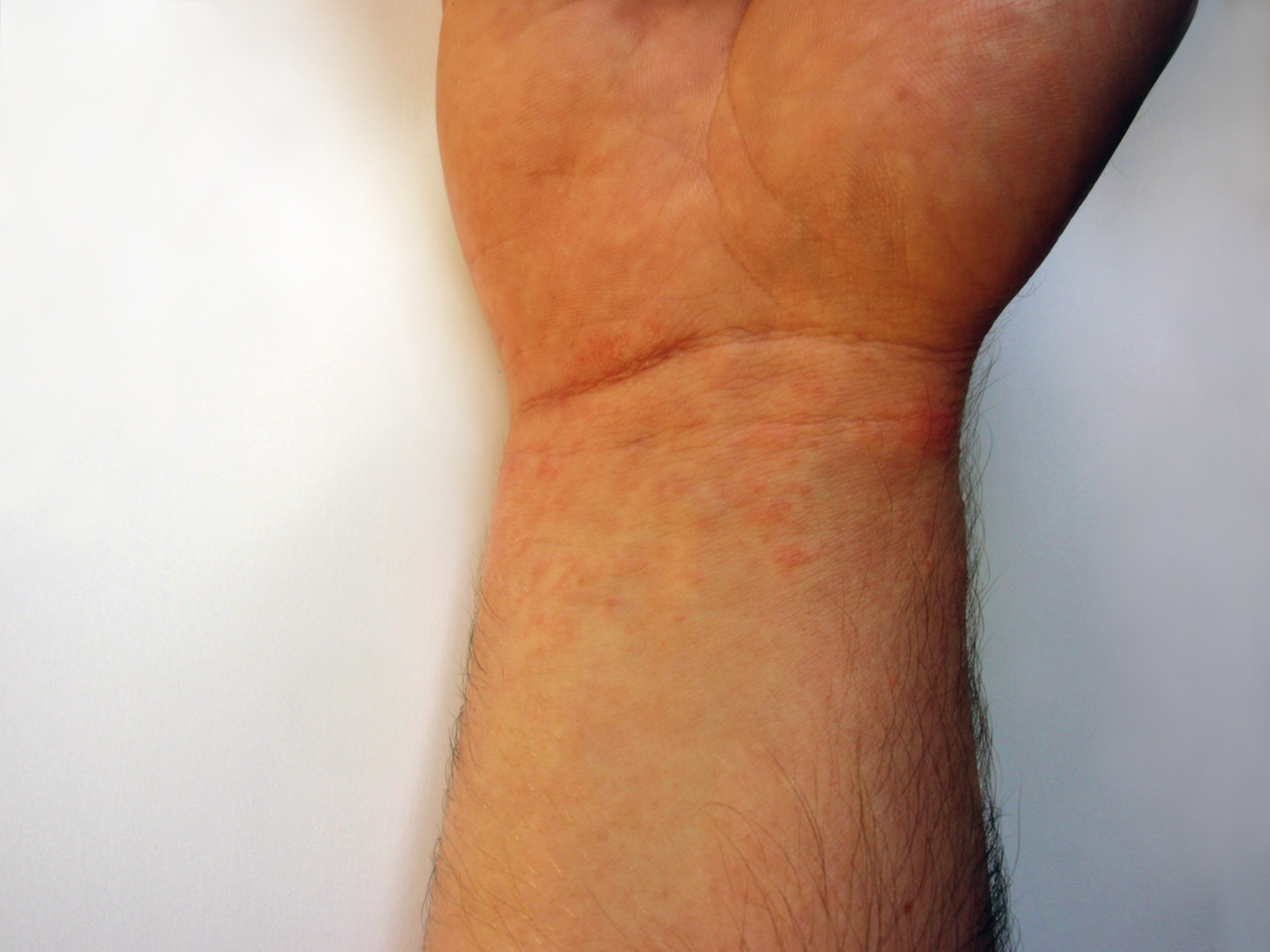 Figure 1: View of a contact allergy seen on an arm – a smooth skin reaction caused by a brown coloured leather wristband. The zoom shows details of a typical eczema resulting from a contact allergy.
Figure 1: View of a contact allergy seen on an arm – a smooth skin reaction caused by a brown coloured leather wristband. The zoom shows details of a typical eczema resulting from a contact allergy.
The test person showed different reactions when applying two leather wristbands. In one case, the skin appeared normal but in the other case, an eczema was soon apparent (Figure 1).
Single reflection ATR enabled the analysis of the surface of different leather-based materials as well as the mouse pad. Both of the leather samples were in contact with the skin – one was a colored, smooth leather, and the second an undyed leather with the usual rough surface. The ATR measurement technique with a KRS-5 crystal allows beam penetration of approx. 2 µm into the sample surface.
The analysis was done with FTIR spectroscopy and an ATR accessory enabling a non-destructive sample analysis. The sample is placed on a measurement window and does not need any chemical pretreatment. Figure 2 shows both spectra.
The main difference in figure 2 is the signal at 1,727 cm-1. The signal is a –C=O signal belonging to the acid based –COOH group and may be present from different sources of molecular structure or substances of this class.
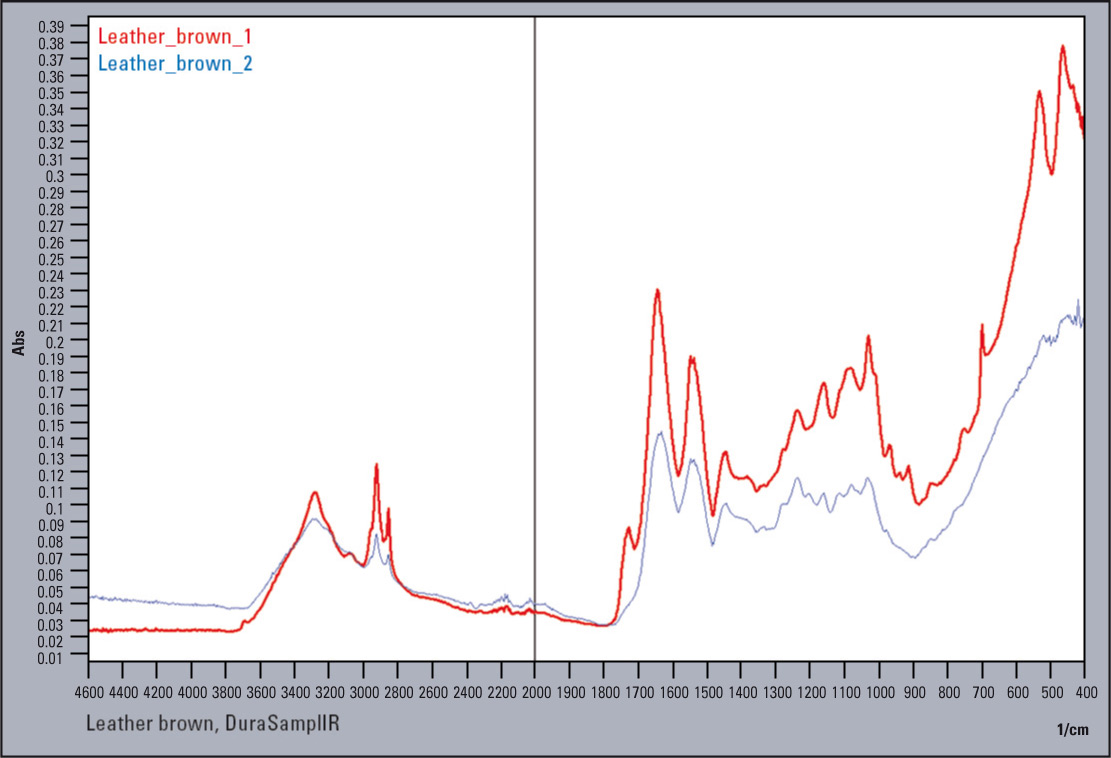 Figure 2: FTIR leather spectra. Blue is untreated leather while red is the treated leather surface
Figure 2: FTIR leather spectra. Blue is untreated leather while red is the treated leather surface
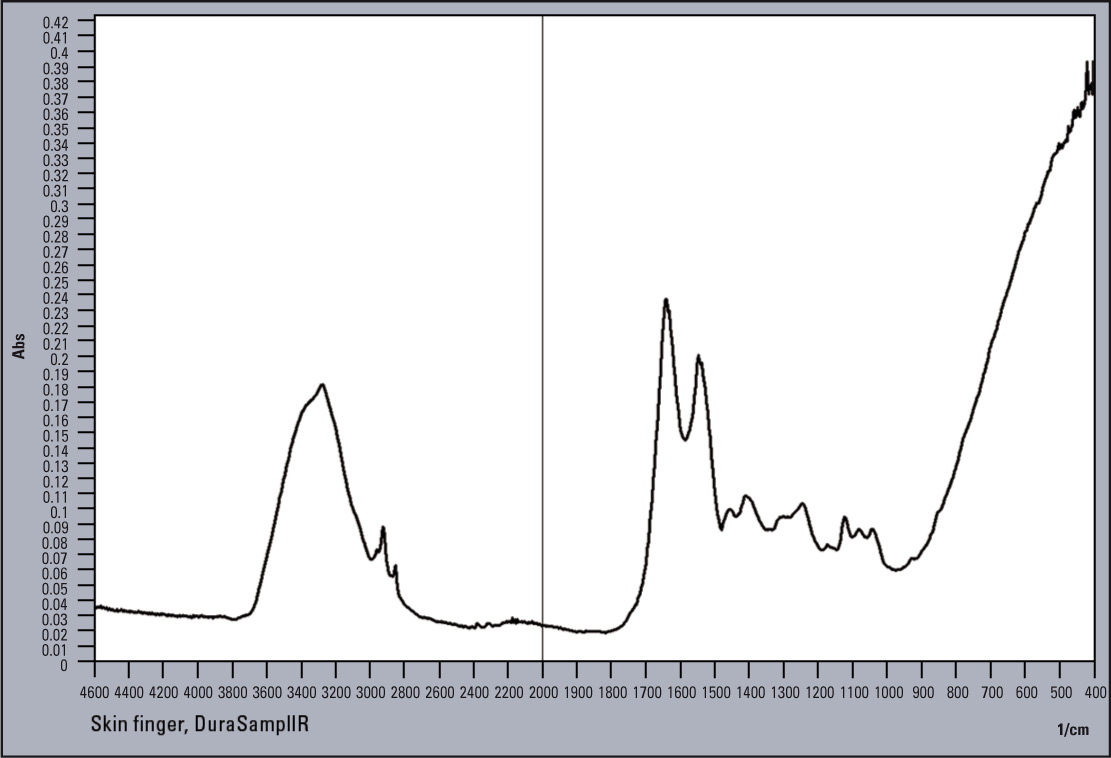 Figure 3: FTIR spectrum from the skin of a finger with single reflection accessory
Figure 3: FTIR spectrum from the skin of a finger with single reflection accessory
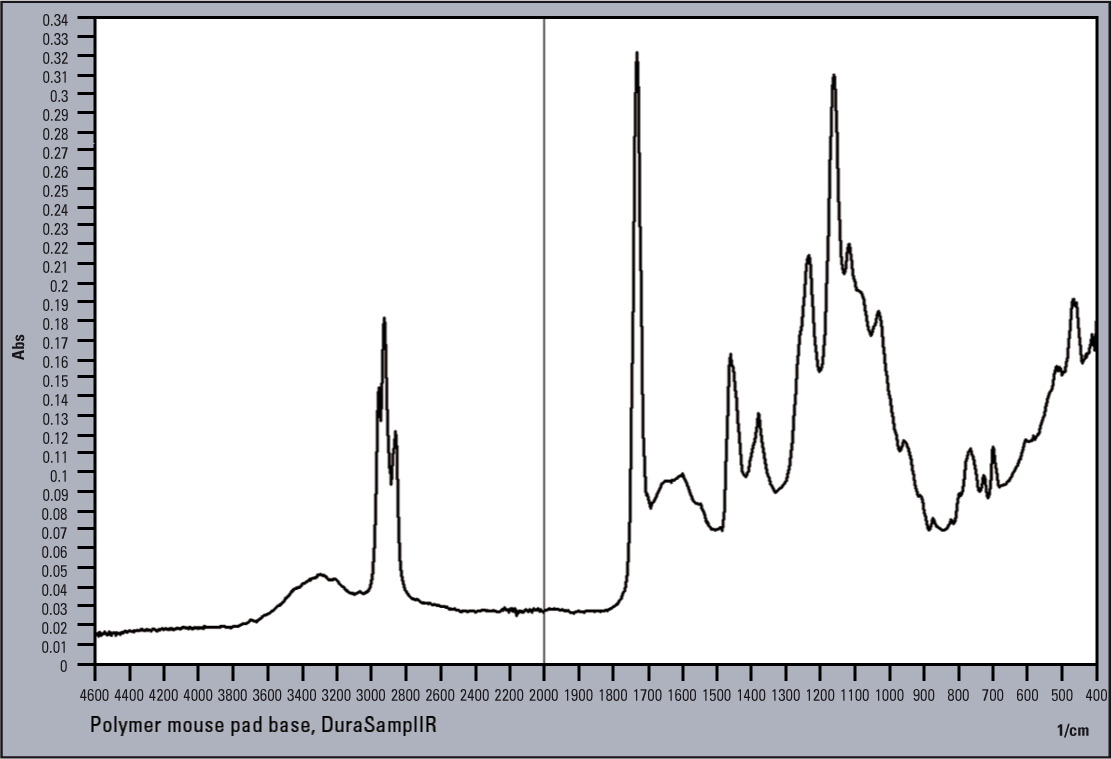 Figure 4: FTIR single reflectance spectrum from the surface of a mouse pad
Figure 4: FTIR single reflectance spectrum from the surface of a mouse pad
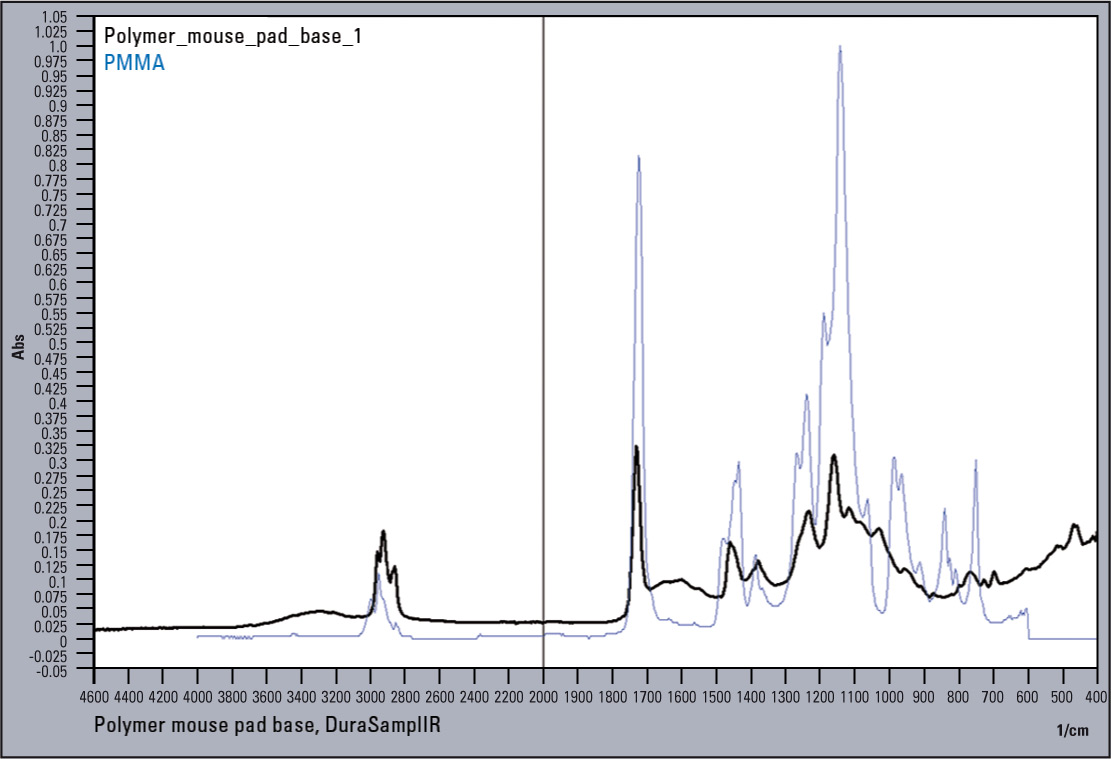 Figure 5: Comparison of Library spectrum (blue line) and the mouse pad surface (black line)
Figure 5: Comparison of Library spectrum (blue line) and the mouse pad surface (black line)
The spectrum was compared to a skin spectrum to prove that human skin traces at the surface did not influence the analysis of the leather band.
The skin spectrum shows no signal peak at around 1,727 cm-1. The same infrared analysis was done with the surface of the mouse pad that caused the skin trouble.
A search of the infrared spectra from the mouse pad within an IR library resulted in positive identification as Polymethylmethacrylate (PMMA). It has a good overlapping for the signal at 1,727 cm-1. Acrylate is known as a material which can cause contact allergy.
Conclusion
It can be helpful to do a surface analysis of the materials suspected of being the source of the contact allergy. The FTIR technique combined with ATR, particularly the single reflection method enables control of surface layers from thicknesses between 0.6 to 2 µm. These measurements help to point the direction of the next search for the allergy. Whether it is the polymer or a polymer component needs to be researched in more depth with additional specific allergy tests.
Instrumentation
- IRAffinity-1
- DuraSamplIR, diamond based single reflection unit
- IRsolution and libraries